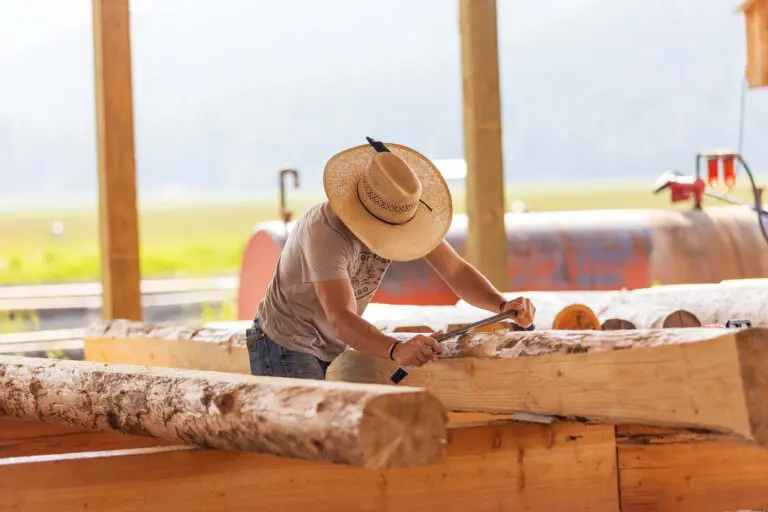Generations of Excellence
The Meadowlark Log Homes Story
Since our family build our first log home from scratch in 1976, Meadowlark Log Homes has been crafting beautiful, durable homes that harmonize with nature and fulfill our clients’ dreams. Our journey is one of passion, innovation, and unwavering commitment to quality.

The Early Years
From Ancient Roots to American Soil
The story of our craft reaches back to the early 1700s, when Amish families first migrated from Europe to America in search of religious freedom. Over the next century, these skilled craftsmen established their reputation by building hundreds of timber frame barns across eastern America - structures so well-crafted that many still stand and function today. As Amish communities spread across the United States and Canada through the 1800s and early 1900s, they carried with them their traditions of exceptional workmanship and attention to detail.
Our Family's Legacy
Our family's direct involvement in this heritage began in LaGrange County, Indiana, where, Ora and Orpha, were born into traditional Amish families. Ora began his journey as a craftsman at age 12, helping at barn raisings, and by 1955 was well on his way to becoming a master builder while also managing a diverse farming operation.
The Journey Westward
In 1975, Ora led his family of seven westward to Montana, where he established a sawmill operation the following year. That same year marked a pivotal moment when his teenage sons, Ervin and Lloyd, built their first log cabin from scratch - a project that would plant the seed for what our business would become.
A log Home Building Innovation
In 1978, a significant advancement in log home construction emerged with the development of the flat-on-flat, hand-peeled, butt and pass corner system. This approach created flat surfaces where logs meet, with each log pinned, screwed, and glued to the one below. The result was a stronger, more stable wall structure than traditional log building methods could achieve. This technique continues to prove its worth in modern log home construction.
Growth and Innovation
Modernization and Growth
The business took a significant step forward in 1987 with the purchase of their first Wood Mizer band sawmill, marking an important upgrade from the old circular sawmill in both efficiency and safety. By 1990, Ora's craftsmanship had expanded beyond log homes to include fine furniture making, crafting handmade kitchen chairs and cedar chests.
Professional Evolution
In 2002, innovation continued with the development of the Meadowlark Butterfly Saddle Notch as an optional corner design. A major milestone came in 2005 with three significant developments: joining the Log Homes Council log grading program, opening a new model home and office near Libby, Montana airport, and moving operations into a large steel building equipped with remotely operated overhead electric cranes - a change that dramatically improved efficiency, safety, and production capacity. The company's commitment to quality was further solidified when they joined the Log Homes Council log grading program, ensuring every log would be inspected, structurally graded, and stamp-approved, meeting international standards. This commitment to excellence was further recognized in 2006 with an invitation to join the Better Business Bureau.
Notable Achievements
The company's reputation for excellence led to significant projects, including the 2007 contract with the US Parks Service to rebuild the roof log structure for the Visitor's Center in Rocky Mountain National Park - notably the world's highest elevation building at the end of a paved road. In 2008, they completed another landmark project: constructing a large log pavilion for the City of Libby's Riverfront Park, creating a gathering place for the community along the Kootenai River.
Meadowlark Today
- Custom designs that blend traditional aesthetics with modern functionality
- Commitment to sustainability and energy efficiency
- Use of advanced technology in design and construction
- Comprehensive services from initial concept to ongoing maintenance
- Skilled team of designers, craftsmen, and support staff
